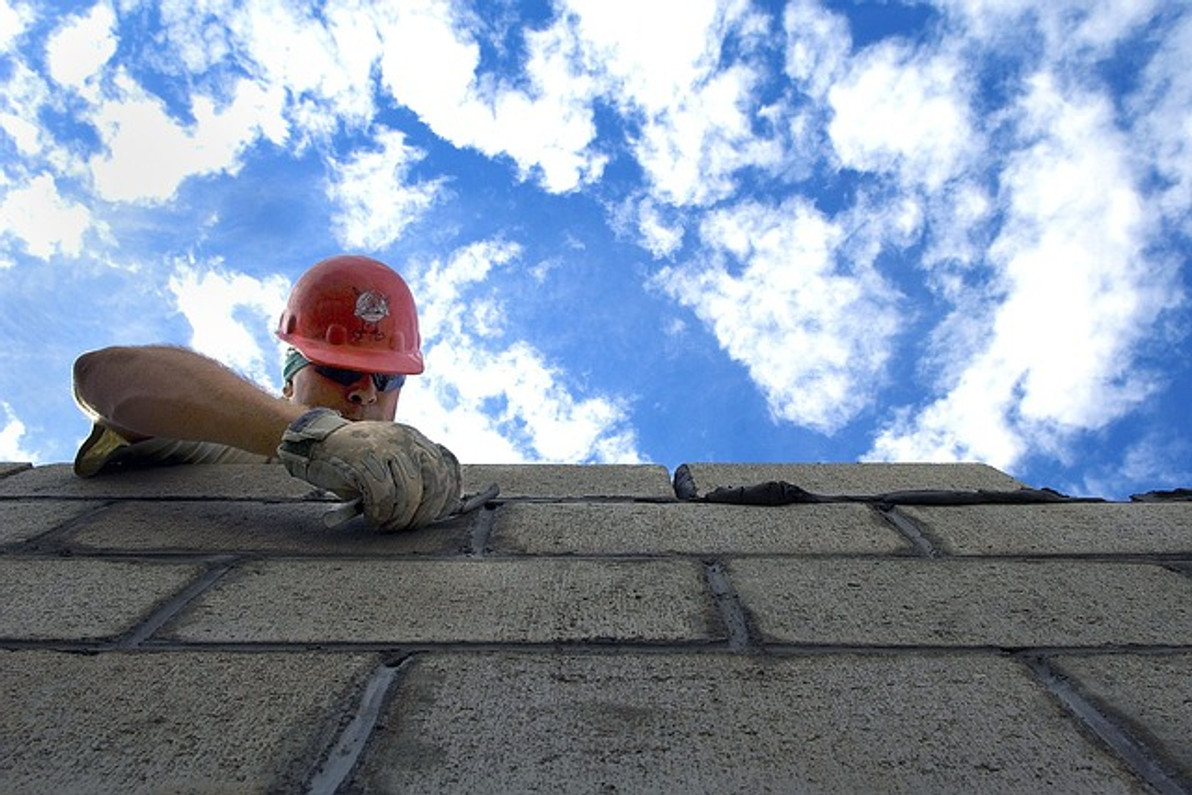What Are Heat Cramps and How Do You Prevent Them?
If you work in a hot environment, you should familiarize yourself with the signs of heat cramps. Heat-related illness isn't limited to heat exhaustion and heatstroke. Exposure to hot temperatures can affect your body in other ways. It may cause heat cramps, for instance. What are heat cramps exactly, and how do you prevent them?
Overview of Heat Cramps
Heat cramps are involuntary muscle contractions in response to heat. They involve electrolyte imbalances, particularly low levels of sodium, potassium and magnesium. When electrolytes such as these begin to drop, certain changes can occur in the body, one of which is heat cramps.
Electrolytes are used to conduct electrical charges. The muscles in our bodies respond to electrical charges. If you don't have enough electrolytes in your body -- or if you have an imbalance of electrolytes -- you may experience changes in your muscle function. Your muscles may cramp up. A heat cramp is a specific type of muscle cramp that involves an electrolyte imbalance due to heat exposure. When you are exposed to heat, you'll sweat. And as you sweat, you'll lose electrolytes and water.
Common signs of heat cramps include the following:
- Muscle cramps involving involuntary contractions, typically with the legs, arms or stomach
- Tight muscles that won't "relax"
- Sweating excessively
- General tiredness and fatigue
Risk Factors for Heat Cramps
People who work outdoors are at a greater risk of heat cramps than their counterparts who work indoors. Working outdoors, especially during the summer, will expose you to heat. Failure to take precuations to stay cool and hydrated may lead to heat cramps. You'll lose electrolytes while working outdoors, which can manifest in the form of heat cramps.
Insufficient hydration is a risk factor for heat cramps. You need to stay hydrated throughout the day to fend off heat cramps. Failure to drink enough water will only increase your risk of heat cramps as well as other forms of heat-related illness.
Make sure you consume plenty of electrolytes. Electrolytes include minerals such as sodium, potassium and magnesium. They are commonly found in foods, and you can find them in sports drinks. Regardless, heat cramps are characterized by an imbalance of electrolytes. By consuming more of these minerals, you can fend off heat cramps.
In Conclusion
Heat cramps can be a source of discomfort or even pain, but they are preventable with proper precautions. To lower your risk of heat cramps, limit your time spent outodors during the midday summer sun, drink plenty of water and increase your intake of electrolytes.
Recent Posts
-
Fire Safety in the Workplace: What You Need to Know
What steps are you taking to prevent fires in your workplace? According to the U.S. Occupational Saf …Aug 23rd 2023 -
Is It Safe to Go Jogging With a Cold Infection?
If you're suffering from a cold infection, you might be wondering whether it's safe to go jogging. T …Aug 22nd 2023 -
5 Safety Tips to Follow When Using a Powder-Actuated Tool
Powder-actuated tools are commonly used to join materials to steel and concrete. Also known as Hilti …Aug 20th 2023




